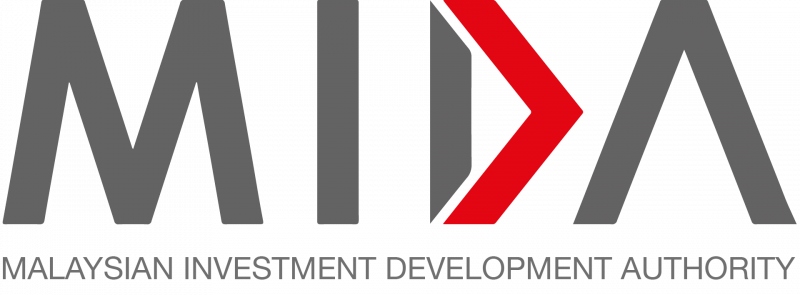The rubber gloves sector is gaining better traction, given continued strong earnings growth and added tailwind from US tariffs imposed on Chinese glove makers.
These tariffs are helping local players regain global market share, according to Phillip Capital Research.
In its 2025 strategy report, the research house said: “We forecast a strong rebound in earnings for rubber glove companies as improving market dynamics are expected to drive sustained recovery in sales volume and average selling prices (ASPs).”
Phillip Capital Research also highlighted that the key focus for 2025 will remain on the extent of earnings recovery among glove makers, sales volume trends, opportunities for higher ASPs and the timeline for recommissioning capacity.
Additionally, it said investors should closely monitor developments in US-China trade tensions, as these could have significant implications for the glove sector.
This is particularly relevant as the United States has revised its tariff policy on rubber medical and surgical gloves.
Initially set to increase from 7.5% to 25% by 2026, the tariffs are now scheduled to rise to 50% in 2025, with a hike to 100% by 2026.
On glove companies’ earnings outlook, Phillip Capital Research said both Hartalega Holdings Bhd and Kossan Rubber Industries Bhd have shown consistent operational improvements and earnings growth over the past few quarters, underpinned by better sales volumes and higher ASPs.
“However, Hartalega fell into losses in the latest quarter due to startup costs associated with recommissioning its new line.
“Utilisation levels among local glovemakers rose to 75% to 90% in the second half of 2024 (2H24), reflecting increased customer demand,” it noted.
In addition, Philip Capital Research said its channel checks suggest that the recovery momentum remained positive.
The ASPs have stabilised at US$19 to US$22 per thousand pieces, up from US$18 in 2023, and sales volume is expected to grow by 5% to 10% in the coming quarter.
“This will be supported by restocking activities and redirected orders from China glove makers to Malaysian players,” the research house said.
It added that local players may consider raising ASPs by 3% to 5% quarter-on-quarter to offset costs.
Phillip Capital Research maintained its “overweight” stance on the sector, favouring companies with strong balance sheets and significant US sales exposure to capitalise on the ongoing recovery.
It noted that Hartalega has the largest US exposure at about 60%, followed by Kossan at around 45% and Top Glove Holdings Bhd at 17%.
The sector’s outlook remains positive, driven by continued earnings growth and favourable dynamics arising from the US-China trade tensions.
“These tensions will benefit Malaysian glove makers as more orders are redirected to Malaysia.
“We anticipate that Malaysian players will regain a larger global market share, potentially increasing their market share to 50% (up from the current 35% to 45%), driven by order diversions and rising demand,” the research house added.
Phillip Capital Research has “buy” calls on Hartalega and Kossan, with a target price (TP) of RM4.55 per share and a higher TP of RM3.15, respectively, given their strong balance sheets and ability to deliver robust operating leverage in a recovering environment.
Source: The Star
Rubber gloves sector gaining momentum
Content Type:
Duration:



